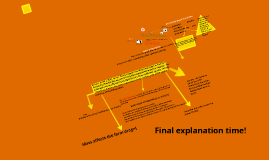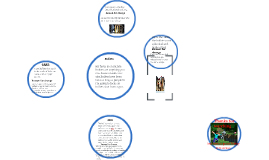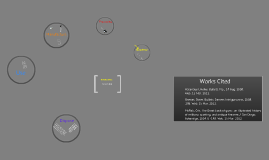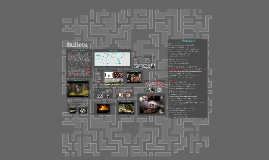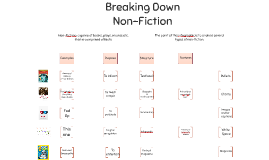Bullets
Transcript: Lead and Lead Alloy The supply chain for bullets really brings the world together as lead, copper, aluminium, steel and bismuth come from all around the world. China and the U.S, Australia, Brazil and Canada have a strong connection as China is takes the number one role of producer of many products including steel. In 2014 China exported 88.6 million tonnes of steel and the U.S imported 39.4 million tonnes, alongside Europe who imported 30.5 million tonnes. Australia also played a huge role in the steel trade as Australia is the number one exporter of iron used for making steel. This creates a strong connection with Australia and China, as China needs the iron ore from Australia to stay number one in producing steel for the world. Which leads to cheap business for the U.S, Australia and Canada since their dollar is far more valuable then Chinese yuan. Copper is abundant in Chile giving them attention in the world trade. It contain some of the largest copper mines in the world. On top of that the worlds largest copper manufacturer Codelco is based in Chile. This provides a connection from Chile to China, Europe and U.S as they are a few of the biggest users of copper resulting in reliance and business on and with Chile. Aluminium connects China, Russia and Canada with the world as they are the leading producers of aluminium. The U.S, Japan and Germany rely on these countries as they are the leading importers of aluminium in the world, with Japan and the U.S both importing 15% of the worlds aluminium imports. Also, every country needs ammunition for their armies which provides business for bullet manufacturers. Steel Lead is a metal found as an ore underground. Workers use industrial machinery to drill for the material inside deep tunnels or use explosives such as dynamite resulting in the ore to be found in pieces. The ores are then shoveled and loaded into trucks which transport the ores to a shaft. The workers then place the ores into the shaft which is then hoisted to the surface. From here the ore is then transported to a concentration ping mill where other metallic ores are removed from the lead by being crushed into small pieces and then finely ground using the mill, resulting in the texture to be of similarity to granulated sugar. The ground lead is then added to a water based mixture which creates a product called slurry. The slurry is then violently shaken creating a froth at the surface, gangue also known as the waste rock then sinks to the bottom where as the valuable metals such as zinc and copper along with lead rises to the surface. The end of this flotation process causes the lead to be separated from the rock. The mixture is then filtered to remove up to four fifths of the water which leads to the connect raw containing 40 to 80% lead along with a vast number of impurities. From here the concentrate is then shipped to a smelter. After being filtered, the lead concentrate needs to be roasted to remove the sulfur at a sinter plant. After being processed in the sinter plant, the lumps of lead are then loaded into the blast furnace along with carbon fuel. In result the metals are then tossed into drossing kettles or molds. Because commercial lead has to be 99 to 99.999% pure lead, the lead requires further refinement to reduce the amount of impurities. After successfully refining the lead, it is then college and castes into blocks for sale as this becomes the final product. Lead alloys are also produced at smelter plants. When lead is needed for a specific use such as a bullet, it is alloyed with antimony to increase its overall strength. Lead connects the world by providing trade from Australia, United States, Russia and Canada to the rest of the world that need lead, as these countries are the world lead producers. Connecting The World Bismuth is a metal most commonly found as an ore mixed with other metals. It is a brittle silver metal with a shiny surface. Bismuth metal is separated from other materials by what is known as the Betterton-Kroll process. The bismuth is then melted and cooled as a final product. It is then sold and shipped to other countries. Lead is added to the molten bismuth to create lead alloy used in bullets. Australia, Bolivia, Mexico and Peru have the greatest abundance of bismuth in the world where as China is the number one producer of bismuth, carrying a minimum of 40% of the world share. Bismuth connects these countries by providing income for the countries with bismuth and business for China for their production of it. Bismuth Steel is a metal that is made from the refinement of iron ore. The iron is first mined using explosives. Next, all the Rock and ore that have just been broken from the explosives are transported to a processing factory where the rocks are ground to powder. The iron is then separated from the rock using powerful magnets. The ore is then heated to pellets around the size of a marble. Limestone is then added to the furnace in which the pellets are







